Introduction Of Agra:
Agra is the one of the prominent destinations of the World Tourism place with three heritage monuments ,The Taj Mahal, Fatehpur Sikri & Red Fort. It is more just a decadent city of graveyards and work.
Agra’s magnificent white marble Taj Mahal stands like a bulbous beacon, drawing tourists like moths to a wondrous flame. Despite the hype, it’s every bit as good . While Agra itself is a sprawling, bloated and polluted industrial city that few travellers seem to have a good word for, the Taj is not a stand-alone attraction. The legacy of the Mughal empire has left a magnificent fort and a sprinkling of fascinating tombs and mausoleums, while the Yamuna River provides a suitably sacred backdrop. The Mughal emperor Babur established his capital here in 1526, and for the next century Agra witnessed a remarkable spate of architectural activity as each emperor tried to outdo the grandiose monuments built by his predecessors.
The city has a lively but chaotic chowk (marketplace) and plenty of places to stay and eat, but the hordes of rickshaw-wallahs, touts, unofficial guides and souvenir vendors can be as persistent as the monsoon rain.
Many tourists choose to visit Agra on a whistle-stop day trip – made possible by the excellent train services from Delhi. However, Agra’s attractions are much more than can be seen in a day.
Agra is also known for its fabulous handicrafts, made of marble and softstone inlay work. The Mughals were great patrons of arts and crafts. Empress Nur Jahan took personal interest and was an accomplished artist herself in zari embroidery work. Agra's major handicraft products besides inlay work are: leatherware, brassware, carpets, jewellery and embroidery work.
Famous Places In Agra :
Famous places in Agra are as follows:
Taj Mahal :
Taj Mahal was built by a grief stricken Emperor Shahjahan as a memorial to his beloved wife Mumtaz Mahal. A world-renowned wonder, Taj Mahal sits pretty on the northern side of this green paradise. It looks the same from all the four sides! The Quranic inscriptions on its four entrances are carved in such subtle increase in size that may appear to be of the same size from top to bottom! Shahjahan invited master craftsmen from as far as Italy and Persia to help design his ambitious tribute to love.
The Taj Mahal is phenomenal not in the beauty alone that shines forth, but in the deep planning and design that went into its making, and the ethereal idea of immortalizing love. Delicate carvings in marble vie with gorgeous pietra dura for attention. Lapis-lazuli, Cornelian, Mother of pearl, Agate and Emerald are inlayed in floral and geometrical patterns in the marble itself. This enchanting mausoleum, on the bank of river Yamuna started in 1631 and it took 22 years to complete with the help of an estimated 20000 workers.
The Agra Fort:
The great Mughal Emperor Akbar commissioned the construction of the Agra Fort in 1666, A.D. although additions were made till the time of his grandson Shahjahan.
The forbidding exteriors of this fort hide an inner paradise. There are a number of exquisite buildings like Moti Masjid - a white marble mosque akin to a perfect pearl; Diwan-I-Am, Diwan-I-Khaas, Musamman Burj - where Shahjahan died in 1666 A.D. Jahangir's Palace; Khaas Mahal and Shish Mahal.
Chini Ka Rauza:
Mausoleum of Shahjahan's prime minister and Persian poet Afzal Khan Aalmi entitled "Maula Shukrullah, Shirazi" buit in 1635, exhibits fine use of glazed tiles. A curtain raiser to an exotic Persian art style, which finds itself a home in Agra.
Amadh of Soamiji Maharaj:
It is a tribute to the founder of Radha Swami faith. Devout followers believe the service, purifies the soul. At soamibagh their services bears fruit in an edifice as spectacular as the Taj Built in white and coloured marble, it is continuously being decorated for more than 100 years now with extra-ordinary feast in stone and gems.
Ram Bagh:
One of the earliest Mughal gardens, believed to be laid out by Mughal Emperor Babur, the founder of Mughal dynasty. It is said that Babur was temporarily buried here before being taken to Kabul in Afganistan.
Mehtab Bagh:
Mehtab Bagh is located on the left bank of river Yamuna opposite to the Taj Mahal. The garden complex is a huge square measuring approximately 300m X 300m and in straight alignment with the Taj Mahal. The excavation has revealed a huge octagonal tank on the southern periphery : baradaris or pavilion on the east and west: a small octagonal tank at the center and a gateway at the northern wall.
Itimad-ud-daula's : Tomb (Baby Taj):
This exquisite marble tomb was made by Emperor Jahangir's queen, Nurjahan , in the memory of her father Mirza Ghias Beg during 1622-1628 A.D. Built entirely in white marble and inlaid with semi-precious stones, this mausoleum on the bank of the Yamuna River, exhibits a strong Persian influence.
Sikandra:
It is the mausoleum of Emperor Akbar. It represents his philosophy and secular outlook, combining the best of Hindu and Muslim architectures in a superlative fusion. Completed in 1613 A.D., it is one of the well preserved monument.
Mariyam's Tomb:
This unique tomb in red sandstone was built in memory of Emperor Akbar's wife Mariyam Zamani. The tomb has some exceptional carvings.
Jama Masjid:
The building with rectangular open forecourt was constructed in 1648A.D. by Shahajahan's daughter, Jehanara Begum. Of particular importance is its wonderful assimilation of Iranian architecture.
Images:
 |
| Taj Mahal
|
 |
| Akbars Tomb
|
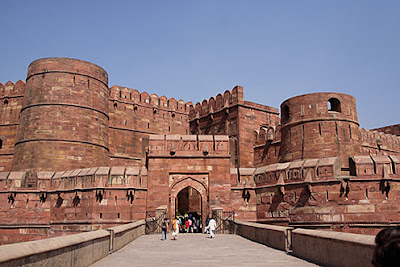.jpg) |
| Agra Fort |
 |
| Jama Masjid |
 |
| Ram Bagh |
.jpg)
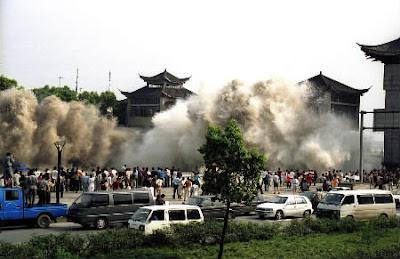.jpg)
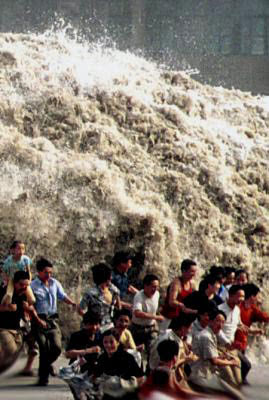.jpg)
.jpg)
.jpg)
.jpg)
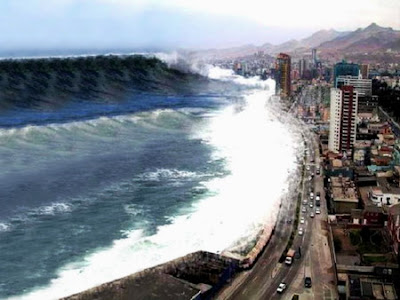.jpg)

.jpg)
.jpg)
.jpg)
.jpg)
.jpg)
.jpg)
.jpg)
.jpg)
.jpg)
.jpg)
.jpg)
.jpg)
.jpg)
.jpg)
.jpg)
.jpg)
.jpg)
.jpg)
.jpg)
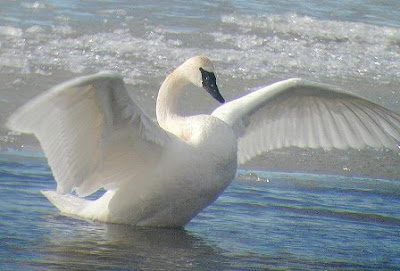.jpg)
.jpg)
.jpg)
.jpg)
.jpg)
.png)
.jpg)
.jpg)
.jpg)


.jpg)


.jpg)
.jpg)
.jpg)
.jpg)
.jpg)
.jpg)
.jpg)
.jpg)
.gif)
.jpg)
.jpg)
.jpg)
.jpg)

